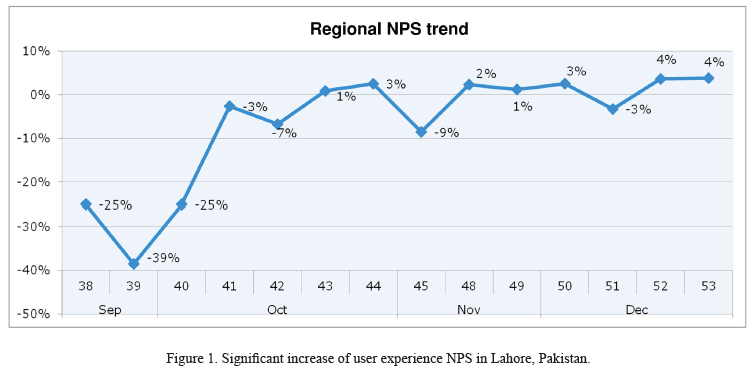Telenor Pakistan: Transforming Operations with ZTE MS2.0
Telenor Group, one of the leading global operators, is seeking to transform from traditional operations to next-generation operations. Cooperating with its major vendors, Telenor Group has launched some operation transformation trials in its East Asia-Pacific Branch and Bangladesh Branch. Telenor Group also hopes to run a more comprehensive trial in Telenor Pakistan (TP), the biggest overseas branch of Telenor Group, to demonstrate and perfect its operation transformation methodology, and finally to meet the increasing demands for network quality, user experience, operating expenditure management, and marketing.
After careful consideration, Telenor Group selected ZTE as its major network equipment provider to help TP transform its operation mode. ZTE customized its MS2.0 solution to overcome operation challenges faced by TP. The transformation trial was proved to boost TP’s market competitiveness in Lahore.
The traditional services take KPI as the major delivery indicator, while ZTE MS2.0 takes net promoter score (NPS) and customer complaint as delivery indicators. With ZTE MS2.0, network quality and user experience can be improved through end-to-end network assessment and optimization, end-to-end network feature application, value grid assessment, and KQI assessment and optimization of service quality. Witnessing the remarkable change and improvement in the old operation mode, the top management of TP and customers were impressed by ZTE MS2.0. The striking annual appraisal indicators for improving NPS and data throughout popped up everywhere in TP’s offices, and TP has high expectations for ZTE MS2.0.
By introducing the concept of value grid, TP can find the real value areas in the network, and then make development strategies for different regions. In the grid areas with sufficient capacity and idle traffic, the priority should be to explore new users. In the overloaded grid areas with insufficient capacity or deteriorated indicators, the priority should be to build new sites or optimize the related indicators. Value grid evaluation enables TP to put limited budget into the most valuable grid areas, so as to maximize the return of investment (ROI). After four months of optimization effort in the service deployment areas, the ratio of TP’s value grid areas has increased by 12.7%.
TP attached great importance to its operation transformation project. Therefore, ZTE was staffed with delivery experts and equipped with VMAX, an industry-leading user experience management and analysis system based on big data. Through the close cooperation with ZTE, TP saw a remarkable improvement in key indicators in the service deployment areas: MPD (the call drop rate indicator for 3G networks) down by 30%, voice traffic up by 52%, and data traffic up by 49%. The success rate of operations performance was also increased accordingly: web page browsing up by 8.6%, Facebook message sending and receiving up by 12.8% and 19.7% respectively, and file sending and receiving up by 10.6% and 31.8% respectively.
From September to December 2015, in addition to substantial improvement in basic network indicators and steady increase of CS and PS traffic in the areas where MS2.0 was implemented, the NPS about which TP was most concerned jumped to +4% at the end of December 2015 from –39% in September 2015 (Fig. 1), which was a great achievement compared with other non-MS2.0 areas.

The top management of TP and CTO of Telenor Group were quite satisfied with the improvement in the network performance indicators and user experience.